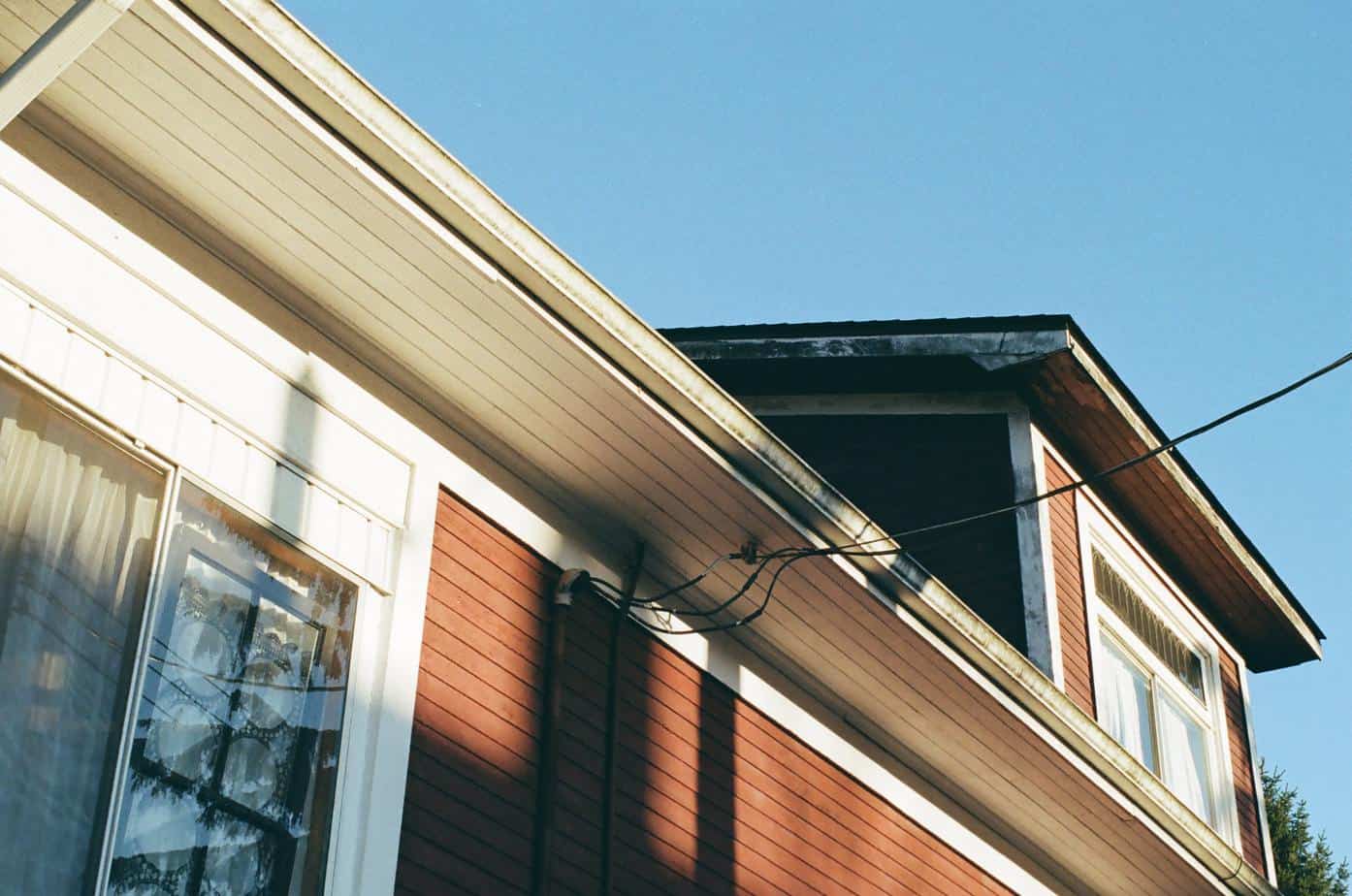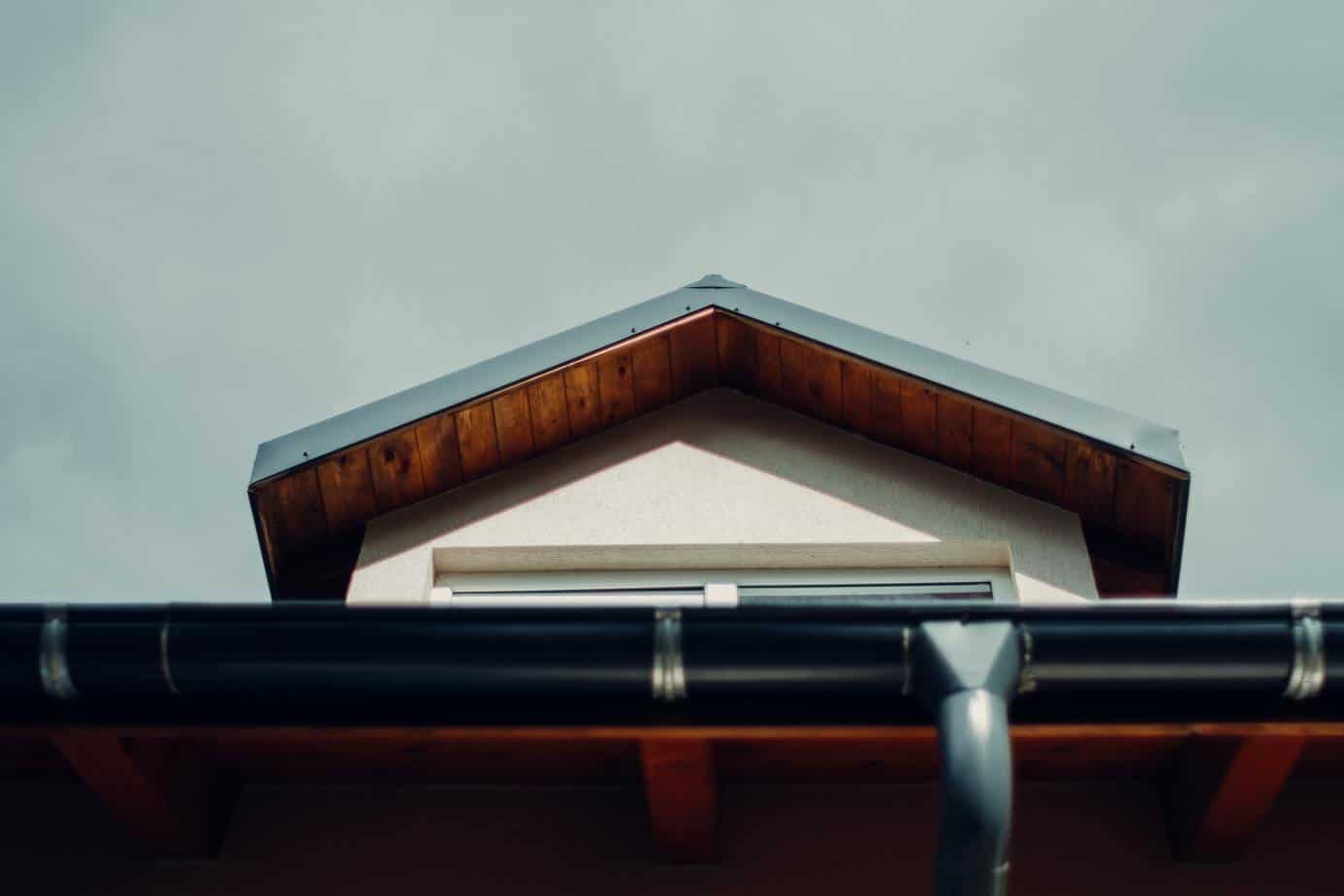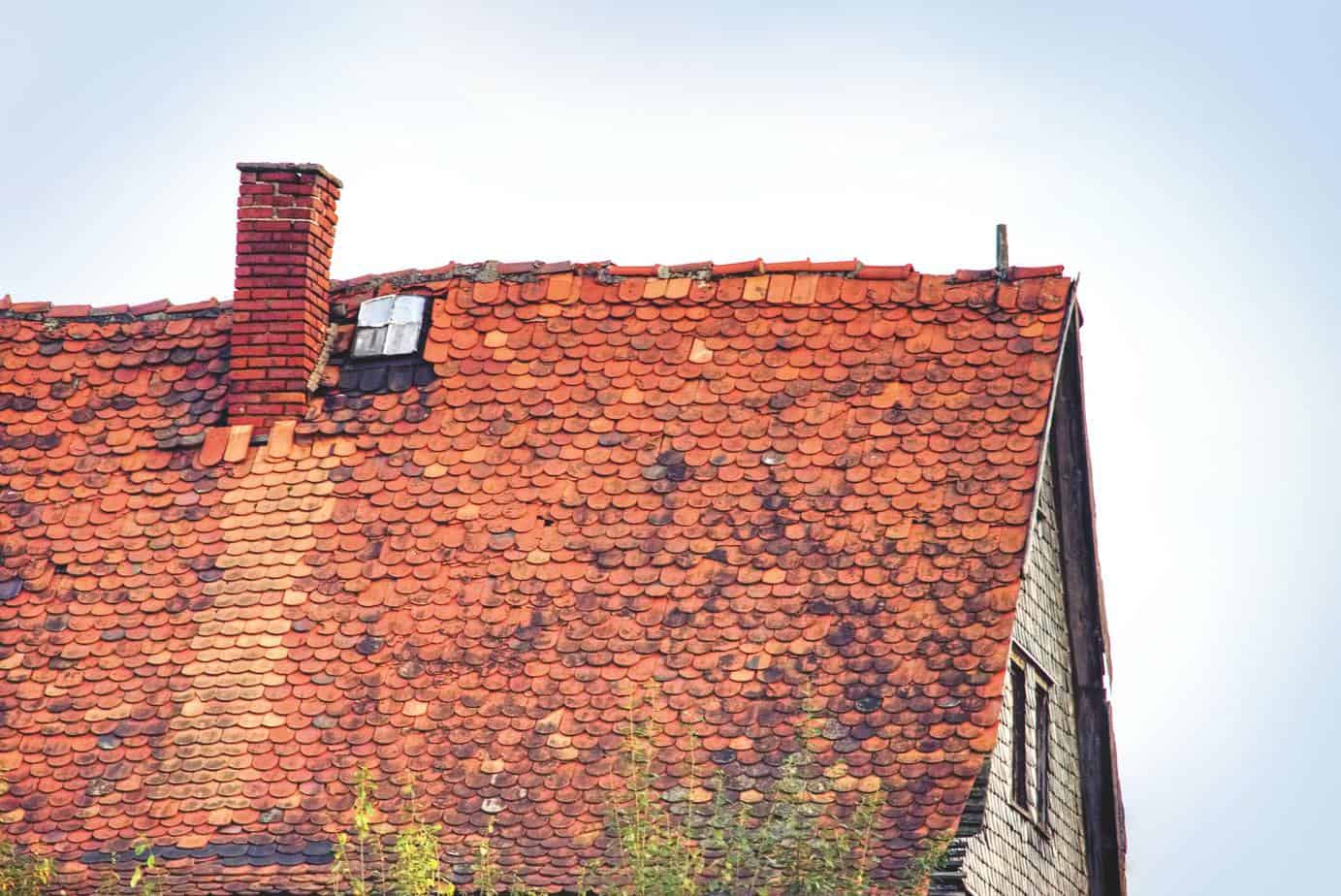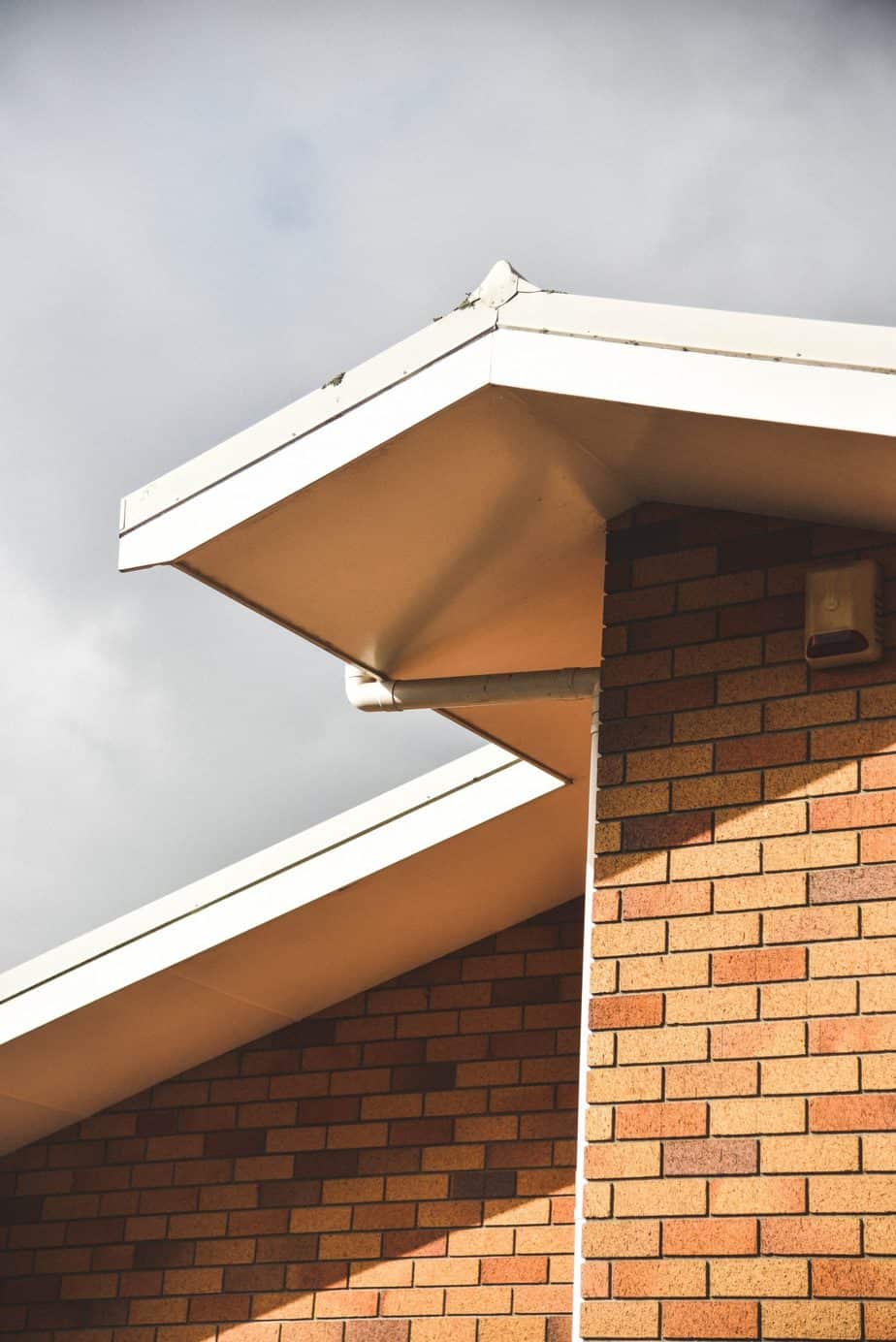When it comes to building science, maintenance, & operations, gutters are an often overlooked aspect of this. Water management is such a large key of a building’s proper operation, longevity & deserves the proper attention to detail both in selection, sizing & maintenance.
The proper gutter installation has the ability to properly manage water away from your home’s foundation & also allowing for a cleaner & safer landscape surrounding the building. Many consumers do not look at gutters as an integral part of the building, but understanding the critical role they play in a building will create new love and appreciation for gutters!
Gutters, What do they Even Do?
Most people look at a home, and often simply see gutters as a stylistic aspect, what color they are, how they look on the house, etc. Gutters are so much more than a decorative piece of art to a building, they can be more important that a roof in some houses.
Gutters mount typically on the perimeter of a home’s roof to both help collect & divert runoff from rain/water & melting ice. Collecting & managing this rain water is extremely important to the longevity of a building. This means that not only rain water is collected, but it is managed in a way to divert it away from your home, including landscape, walkways, doorways & most importantly your foundation.

Diverting water away from walkways & doorways for the obvious reason of slip hazards, especially in areas where certain seasons get below freezing. The most important aspect of gutters is its ability to divert water away from a home’s foundation. Without gutters, as it rains, water would land on the roof, gravity would divert this water to the edge of the building & ultimately land directly adjacent causing issues not only with walkways & doorways but also the foundation.
As water lands around the building, it works down into the earth creating in some cases significant pressure on basement & crawlspace walls & foundations. This increase in pressure creates issues for a foundation from water, but also as the surrounding soil freezes and thaws with color weather, creating even more issues and potential foundation cracks and failures.
Foundation failures can cost tens of thousands of dollars and in some severe cases, take excavation of the perimeter of the house in order to correct. Many of these cases can be corrected by simply installing & maintaining a proper gutter system to divert water away from your home.
Material Selection
When it comes to selecting a gutter material, options are nearly endless with nearly all serving the same purpose of diverting water away from a building in an effort to manage water. Different materials are often selected over others in an order to give a different visual or architectural appeal. Nearly every gutter system is the same to install, but selecting the proper material for your property is a balance of personal preference & price point for the majority of homeowners.
Our first option and most likely selection for most homeowners is aluminum seamless gutters. These can be purchased at nearly any home improvement store and have nearly an endless number of installers who could perform this for a homeowner. If up to the challenge, some Do it Yourself homeowners could tackle the installation with the help of a friend or two.
Aluminum gutters are great for home homes as they come in various colors to match your trim as well as a few different sizes, which vary depending on roof size. Installation of aluminum gutters does not require any special tools, etc. as most metal snips should be able to handle trimming, etc.
Secondly, which is more of an upscale look for certain architectures and is not commonly seen in areas are copper gutters. These gutters, on the right style of the house, can add classic charm, curb appeal and even resale value in some areas because they are so desired over standard aluminum gutters. Copper gutters are a bit harder to find and not every home improvement store may sell them.
In order to purchase copper gutters, most may need to seek a specified installer or even a building material supply shop. With the material being copper, this does drive the price up relative to other material selections such as aluminum. Copper gutters can cost anywhere from two to three times as much as a standard aluminum gutter.

Combine the price difference, with the fact that the style of copper does not belong in every house, will explain why this material is not seen everywhere. For example, If you drive through the surrounding cities in Florida, Michigan, or Texas, you will be hard-pressed to find copper gutters. On the other hand, if you drive through any of the New England locations in the North East, copper gutters will become a more commonly seen item on both historic and higher-end homes.
As far as installation goes, copper gutters are similar to install for aluminum but need to be handled a bit more carefully in order to not scratch or dent the shiny coated copper. This can easily be handled with the help of a friend, or even just putting extra attention to detail and taking your time with gloves, etc.
Our last option is going “gutter-less”, from first glance you may think that this means there are no gutters on the edge of the roof but notice in this scenario, “Gutter-less” actually simply means not using traditional gutters. “Gutter-less” gutters are actually a newer technology more so meant for places that do not get a lot of rain, or heavy amounts of snow in the winter.
These style of gutters simply have small channels that actually break up and gently disperse the water away from the building without the use of a traditional gutter & downspout systems. These systems look a bit untraditional and in most scenarios are slightly more expensive than a traditional seamless gutter but also less expensive than copper.
In true gutter-less applications, a home will have no gutters installed. Very few homes throughout the country can get away without gutters being installed but in some areas with very little rainfall, this is possible and acceptable.
Proper Maintenance
When people think of a house, some think of a place to live and enjoy, others think of upgrades, renovations and others think of maintenance. Truth is, every home will have some sort of maintenance to pay attention to, either on a monthly, bi-annually, or annually.
Gutter maintenance is something that should be done every 3-6 months depending on the location of your home in the united states & the conditions surrounding your home. For example, in a home with lots of surrounding trees, this gutter system will likely have more maintenance than a home that has no trees surrounding the home.
Regardless of proper maintenance intervals, every system will need to be maintained throughout the year. This maintenance will include simply removing all debris, sticks, leaves, etc. that builds up in your gutter system. This can be done by hand, simply collecting debris into a bucket and disposing of it in a yard waste bin or the trash.
Once all of the debris is removed, simply hose down the inside of the gutter with pressurized water to wash away any remaining smaller pieces of debris.

Ensuring that all of the debris is removed will ensure rainwater is able to collect & flow freely throughout the gutter to the downspouts. Clogged gutters can result in excessive weight when water and ice backup and collect in the gutters. Even though gutters are connected to the building with screws, the gutters themselves are simply thin pieces of metal and not designed to carry an excessive amount of weight created by water or ice.
Many cases have shown, where clogged gutters filled with heavy ice and water are prone to rip off of the building and cause extensive damage to the home & the surrounding area. If gutter maintenance is not properly done, failure can occur and will likely need to be replaced in order to resolve.
There are many new modernized ways to clean out gutters aside from the traditional by-hand method. The most predominant include a series of rigid black plastic hoses that attach to any style of a leaf blower. These black plastic pipes attach to the leaf blower and extend all the way up to ten to twelve feet in length, allowing the majority of residential homeowners to reach their gutters.
At the end of the long plastic pipe is a “U” shaped piece allowing the forced air to blow downwards to the gutter and force any debris or leaves out, resulting in a clean gutter. Although this way is convenient, there is no visual being put on the gutter, meaning that even though a large amount of forced air may be pushed into the gutter to clean, not everything may be removed during this effort. Although this fancy attachment may be more convenient, it will be best to remove debris by hand to ensure proper cleaning and longevity of your gutter system.
Importance of Good Maintenance
Proper gutter maintenance is paramount to a long-lived building, gutters help manage moisture & rainfall safely away from the building, its foundation & further surrounding areas. If proper maintenance is not taken, this can create building damage, both to the gutter system as well as a building’s landscape, foundation, or even roof, if snow and ice begin to build up. Managing rain and moisture outfall from a roof is not only important for a building long-lived but also can save a lot of money in future building maintenance & repair costs.
You might also be interested: LeafFilter Review – Your Gutter Cleaning Solution?
Installation
When it comes to proper gutter installation, there are two key factors to take into account. This includes slope of the gutter & also ensuring a proper fastener is used to secure the gutter to the building fascia near the roof. When installing gutters, placement is a major item to think of, where the bulk of rainwater is going to be collected, and where you want the downspouts to be. For example, you don’t want a downspout directly by a walkway, creating an icy condition. Typically, most will plan a layout that puts gutter low points at a building’s corners, again if possible.
Once you have planned out where you want your gutters to finish, you will then be able to begin the installation. Installation is best done by a helping friend, as most gutter sections come in upwards of 20’ in length; having the extra set of hands will help tremendously when it comes to fastening the gutters into the building in their final location. There are three main components to a complete gutter install, these include the gutter, mounting brackets & a sufficient screw, most likely included with your hardware.

Installation is fairly straight forward, by snapping the included mounting bracket to the gutter and lifting it into place. Once the gutter is near your roof, simply use a screw gun to attach to the roof truss structure. Note, the screw in this scenario is strongest connected to the roof truss structure, so when installing, ensure that proper engagement is made for a solid hold. Repeat the mounting bracket and score process every two feet, until the entire gutter is connected to the roof.
Once an outside corner is approached, a separate gutter corner piece is screwed together using appropriate metal screws. The finished corners create a strong joint and a finished look! Once the entire perimeter of a home is finished in gutters, simply cut holes where your downspouts are located and use associated curved pieces of metal to create an ascetically pleasing look while properly holding against a building.
Installation Note 1
When installing gutters it is proper to ensure that they are not installed too high where falling snow will rip them off of the building, or too low, where they do not catch any water coming off of the roof. You can ensure this by holding a straight edge on top of the roof and making sure the outside edge of the gutter is in line with the straight edge. Doing this will ensure proper coverage and longevity.
Installation Note 2
When installing downspout gutters, sometimes it is easiest to cut a hole with a hole saw rated for metal. This will provide a perfectly round hole, as well as create for a smoother installation while fitting up a downspout.
Installation Note 3
Installing gutters yourself may be a great way to save money, but can sometimes be difficult to get everything watertight. Once the installation is complete and you’re finding a small unsightly drip or need additional help getting everything watertight, simply add a few sprays of an aerosol waterproofing membrane on the inside of the gutter seams in order to seal joints, screw holes completely watertight.
Summary
All in all, there are many different types of gutter systems, equipment, connection materials, and technology. Finding the balance between convenience, price point and durability will help decide which material and connection fitting are right for your home improvement project and if this is a project that you would like to tackle by yourself as a DIY project or hire a professional.
Further read:

